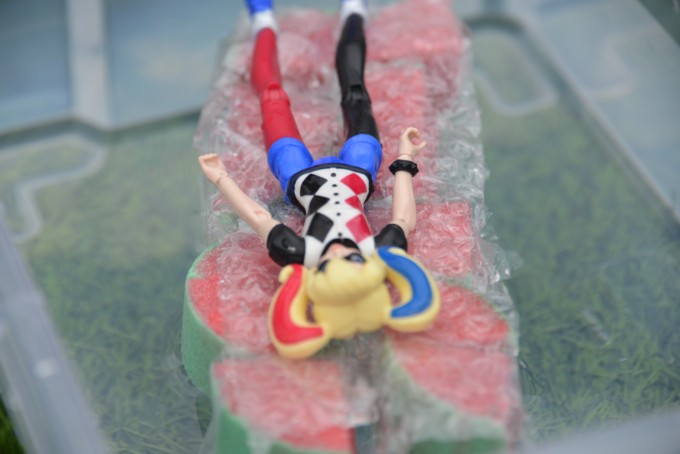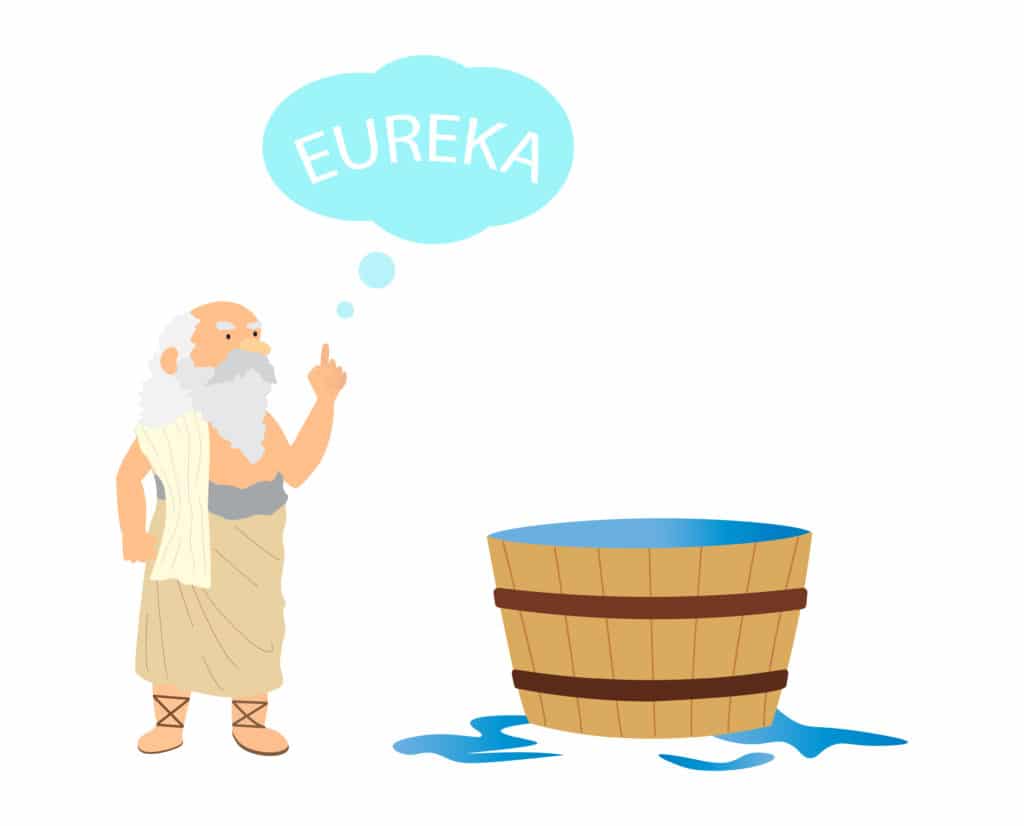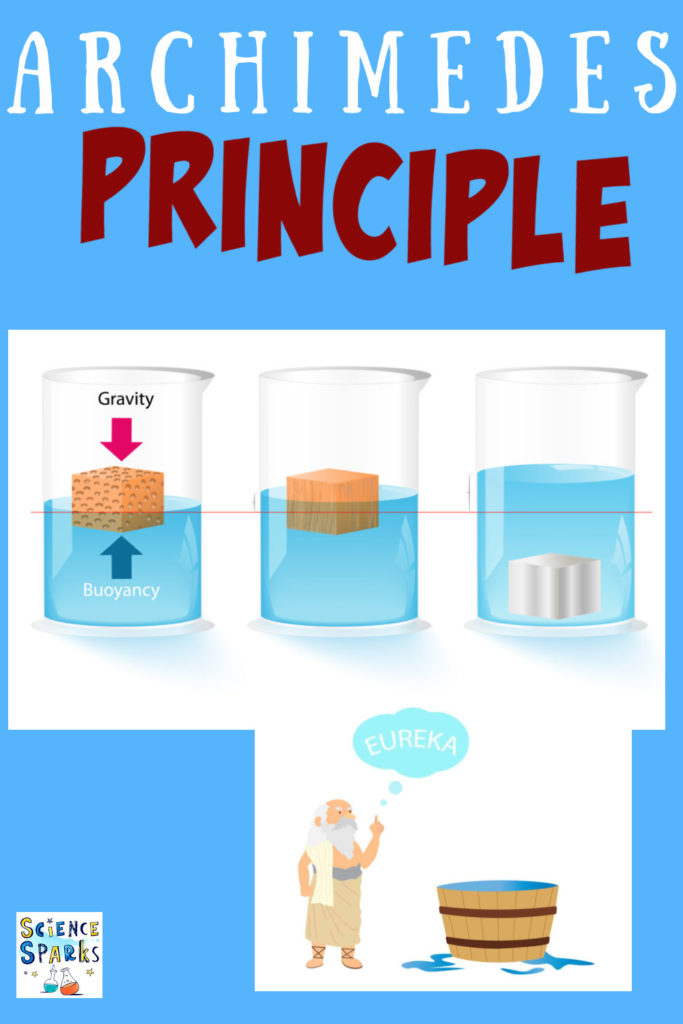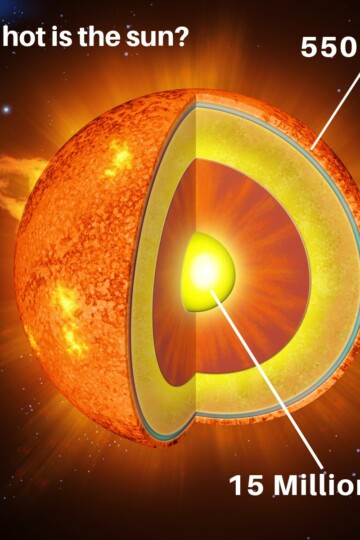The Archimedes' Principle is a scientific law which explains why some objects sink and some objects float. Archimedes was one of the world's greatest scientists. He was a mathematician, inventor, engineer and astronomer, but is arguably most famous for his Eureka moment which led to the development of the Archimedes' Principle.
Buoyancy and Archimedes
Objects float or sink depending on their buoyancy.
What is buoyancy?
Buoyancy is how well an object floats in water or air. You can see buoyancy in action with our "Save the Superhero" activity. Or when we make a lemon sink!

Who was Archimedes?
Archimedes was a Greek mathematician and inventor. One day as he climbed into his bath tub he noticed the water rising as his body entered the water.

This observation led to the Archimedes' Principle.
What is the Archimedes' Principle?
The Archimedes' principle states that any object immersed in a fluid is acted upon by an upward, or buoyant, force equal to the weight of the fluid displaced by the object.
When an object is dropped into water ( or a person climbs into a bath or swimming pool ), some of the water is displaced. This means the water rises upwards as the object or person pushes the water out of the way.
At the same time, buoyancy is pushing up the object, which changes its weight. If the weight of the object in the water is heavier than the amount of water displaced, the object will sink!
If the weight of the object and the amount of water displaced are the same or the weight is less, the object will float.
In the superhero activity above the buoyancy of the figure is increased with the pool noodles which increase the amount of water displaced, but doesn't add much to the overall weight.
In the diagram below the buoyant ( upwards force ) acting on the object that floats is equal to the weight ( downward force ) of the fluid that is displaced.

Why is the Archimedes' Principle Important?
The principle is used probably more than you think. One obvious use is to make sure ships float at sea. Generally ships are made from metal with a hollow hull to allow even water displacement. Ships sink into water as far as the weight of water displaced is the same as the weight of the ship!

More about Archimedes
Did you know Archimedes is credited with being the first person to calculate pi to an accurate value?
Last Updated on March 14, 2024 by Emma Vanstone




Leave a Reply